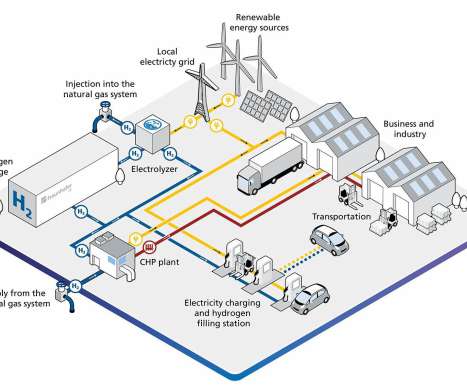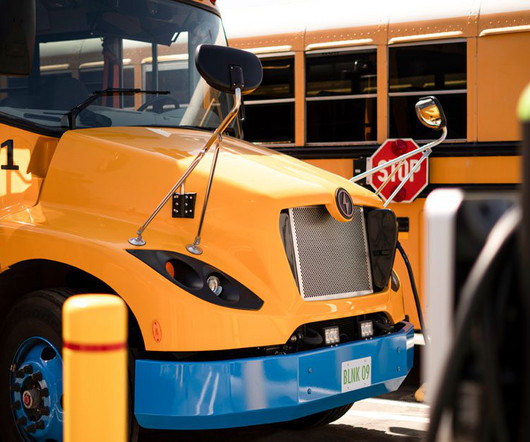Fraunhofer IFF team designing hydrogen factory of the future
Green Car Congress
APRIL 11, 2020
We additionally want to supply electricity, gas and heat to industry. The hydrogen produced during electrolysis can be injected into the gas grid, used as fuel, converted into methane or methanol, and made available as industrial feedstock. KG in the HyPerFerMent I project to produce renewable hydrogen from biomass.

















Let's personalize your content